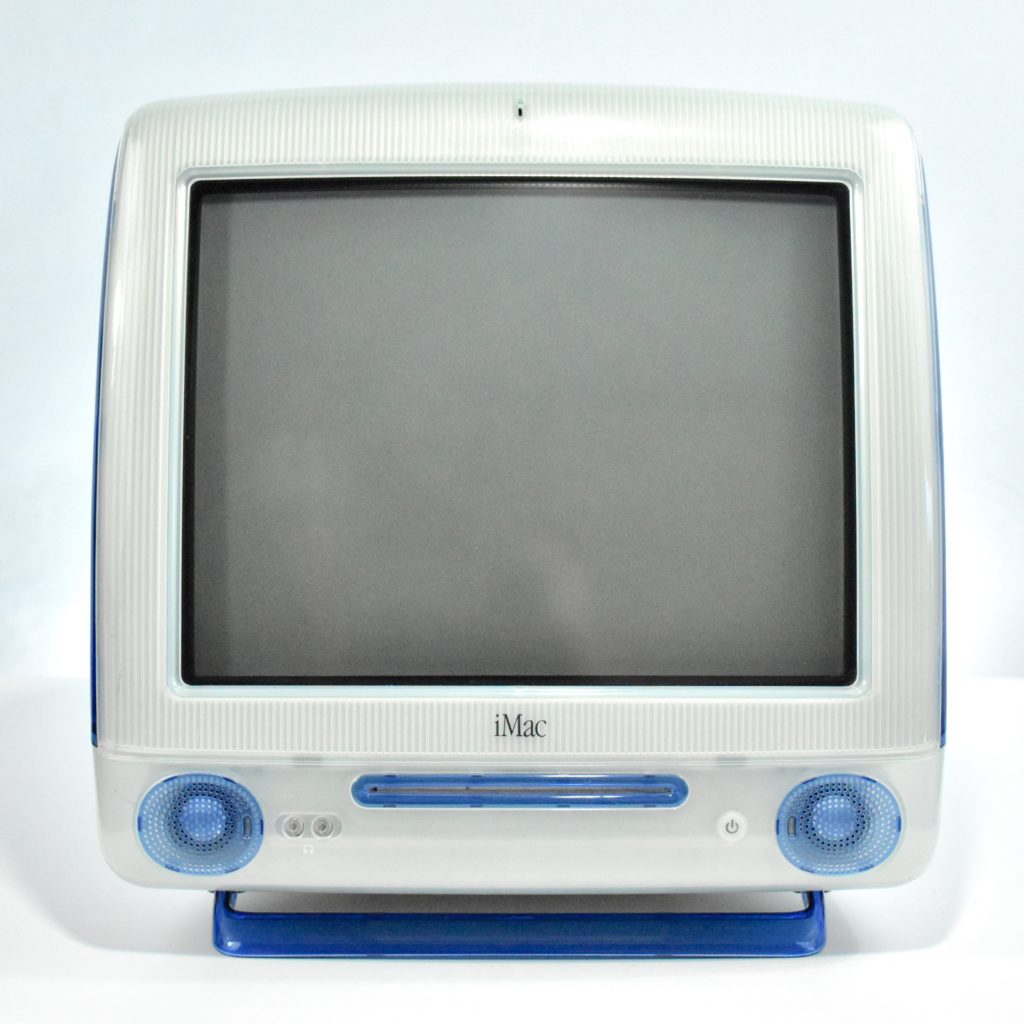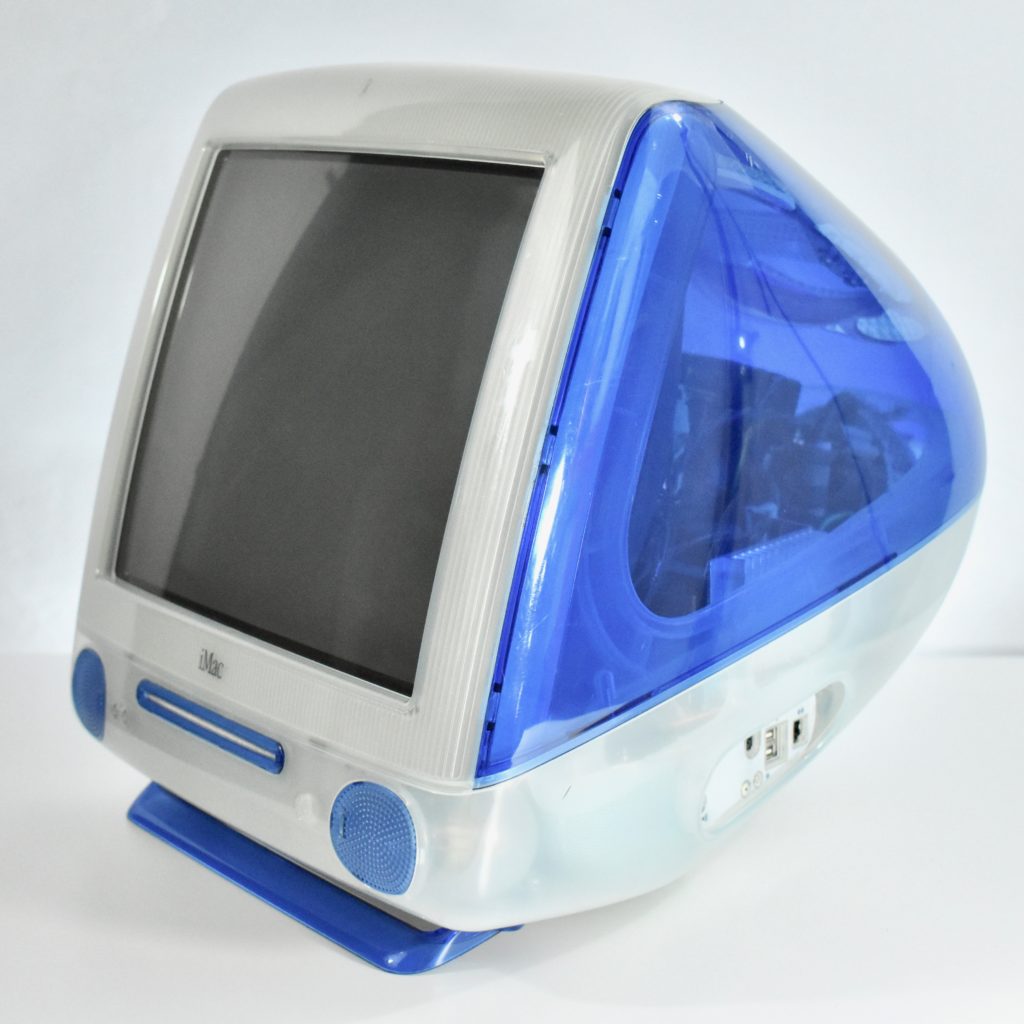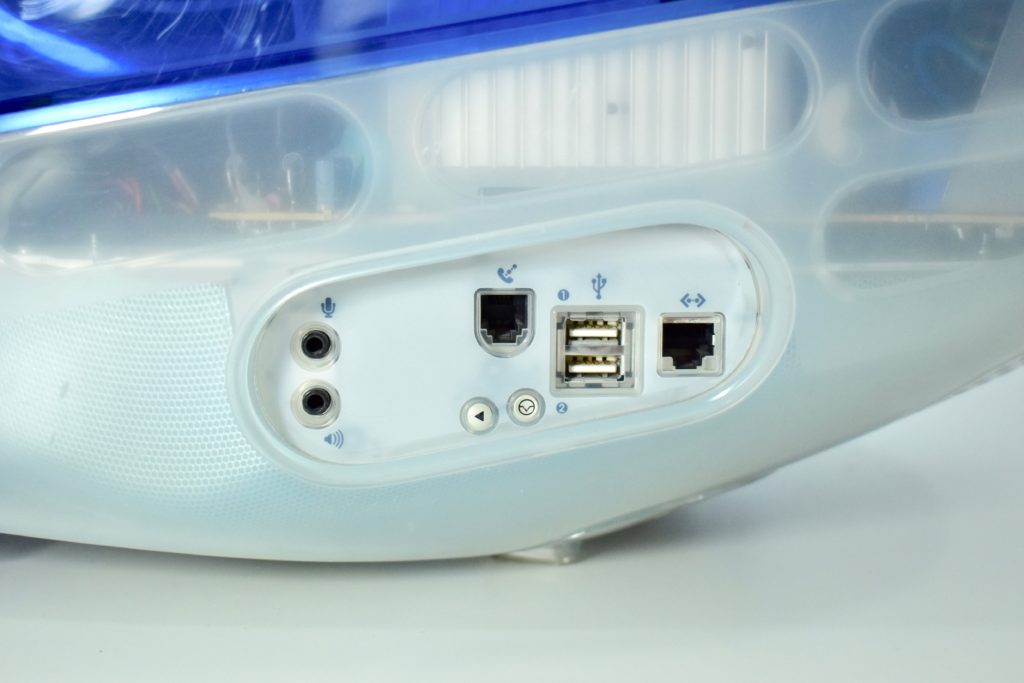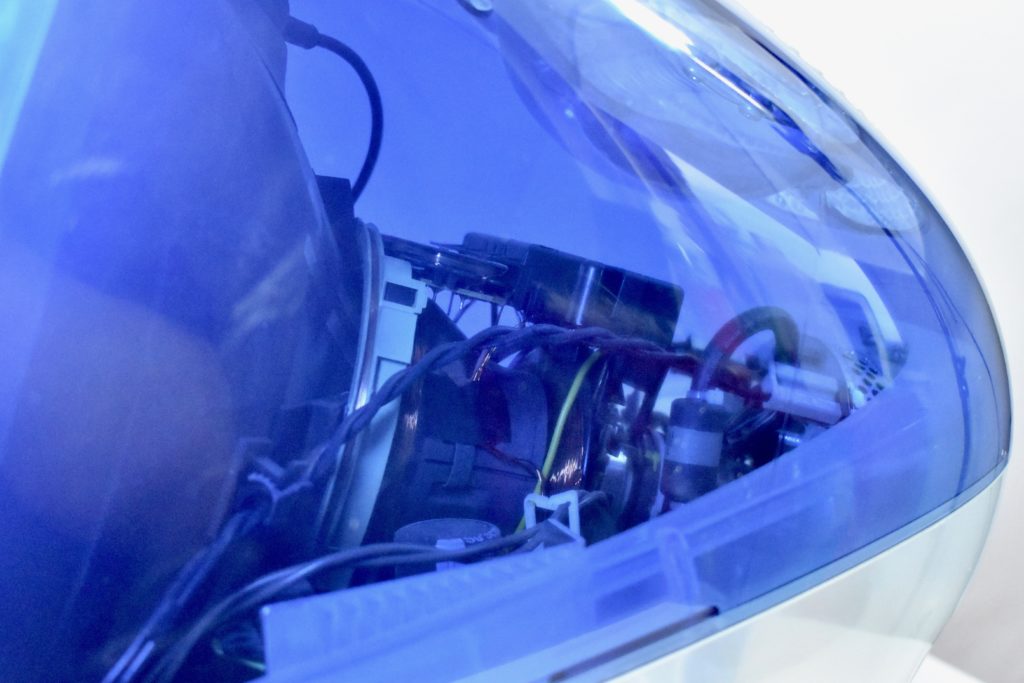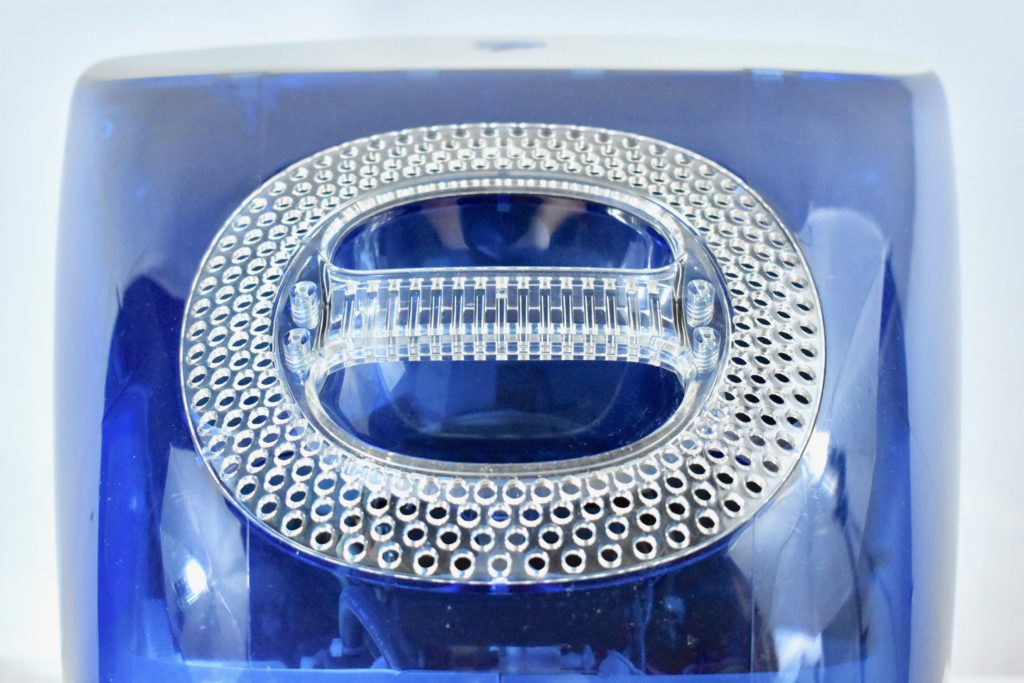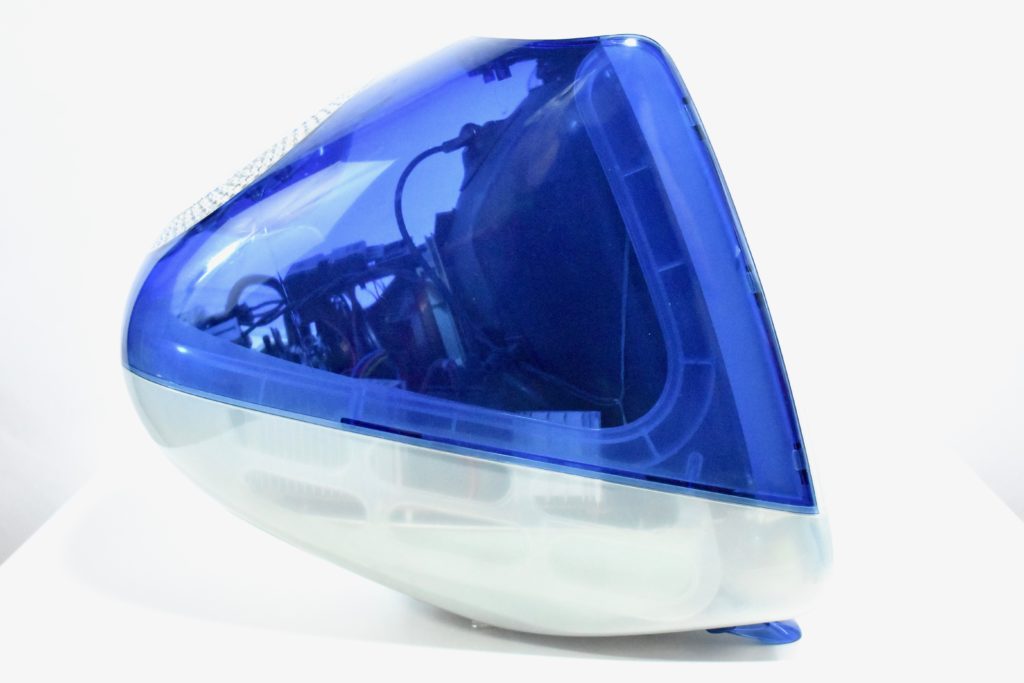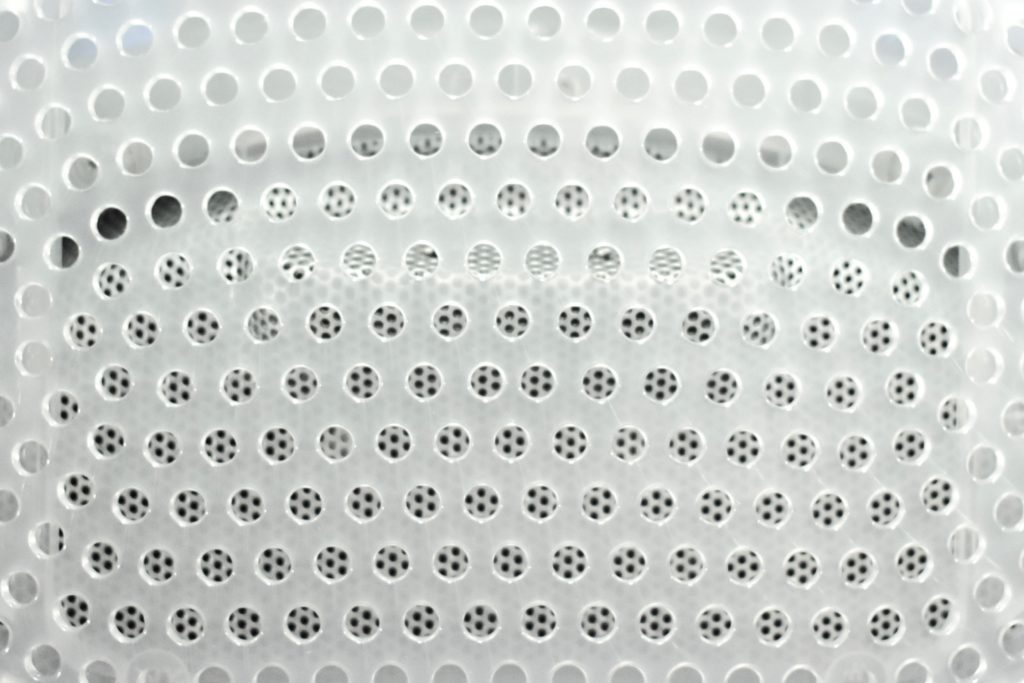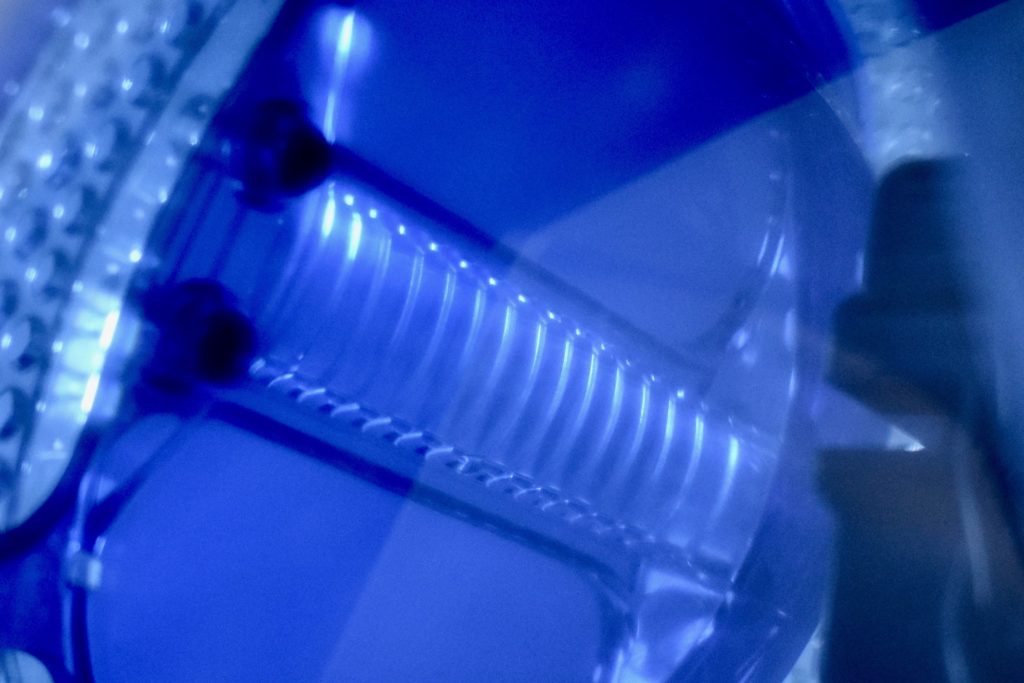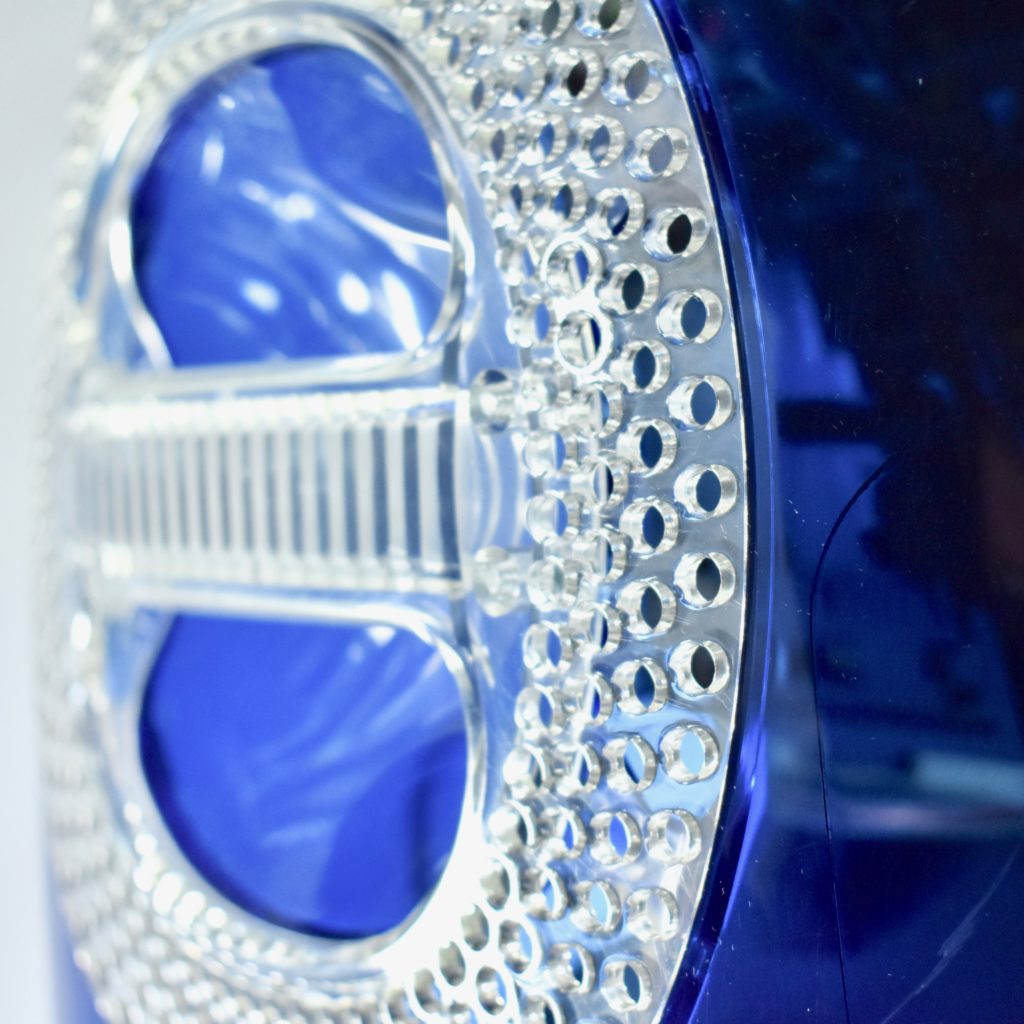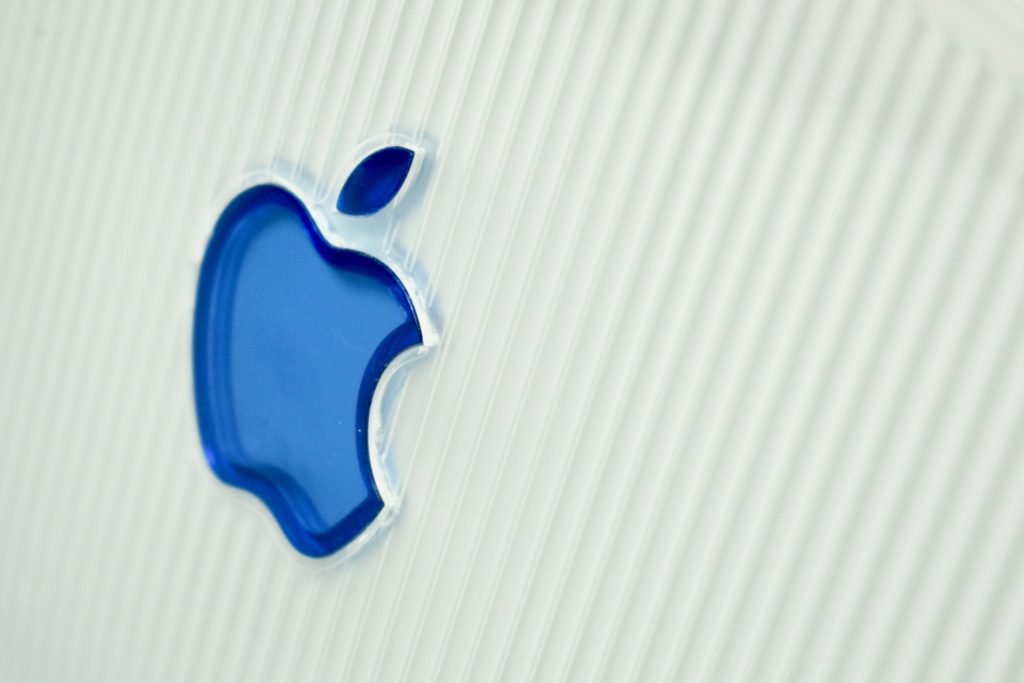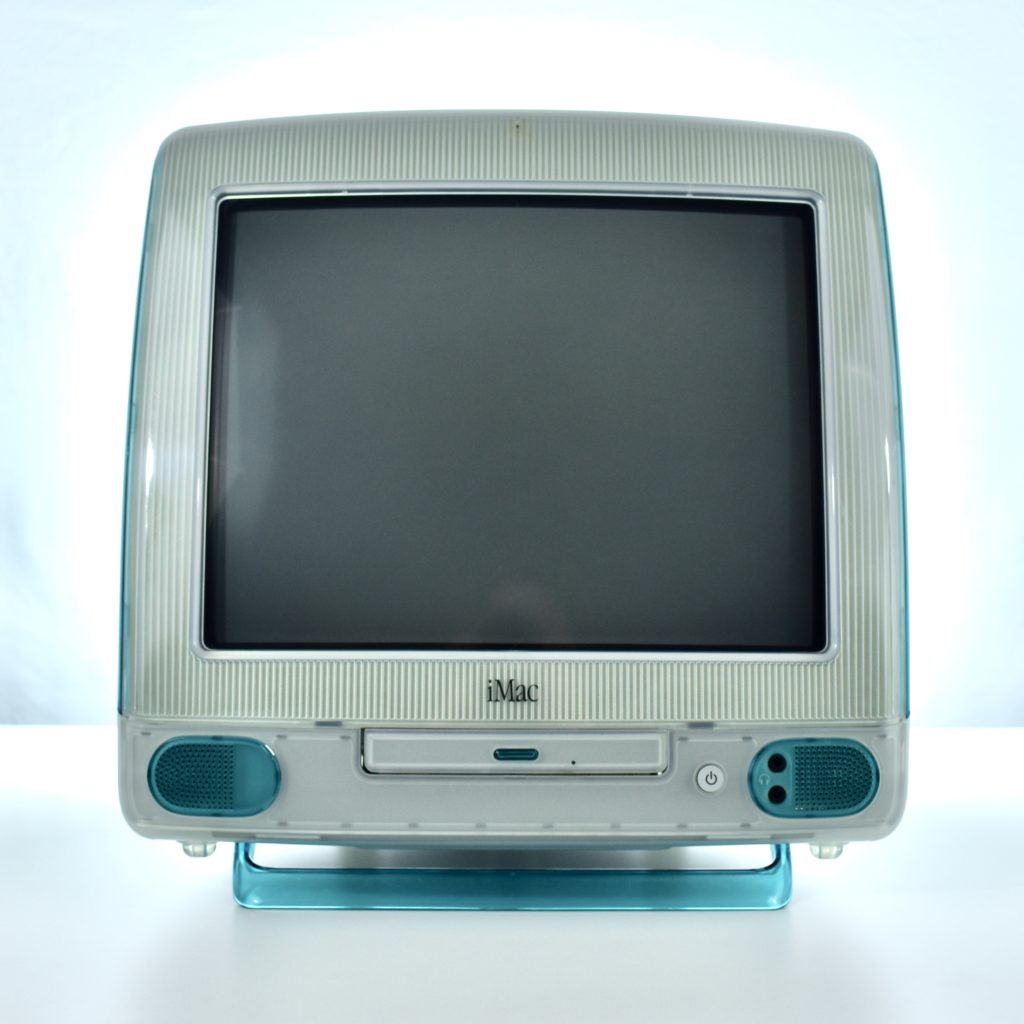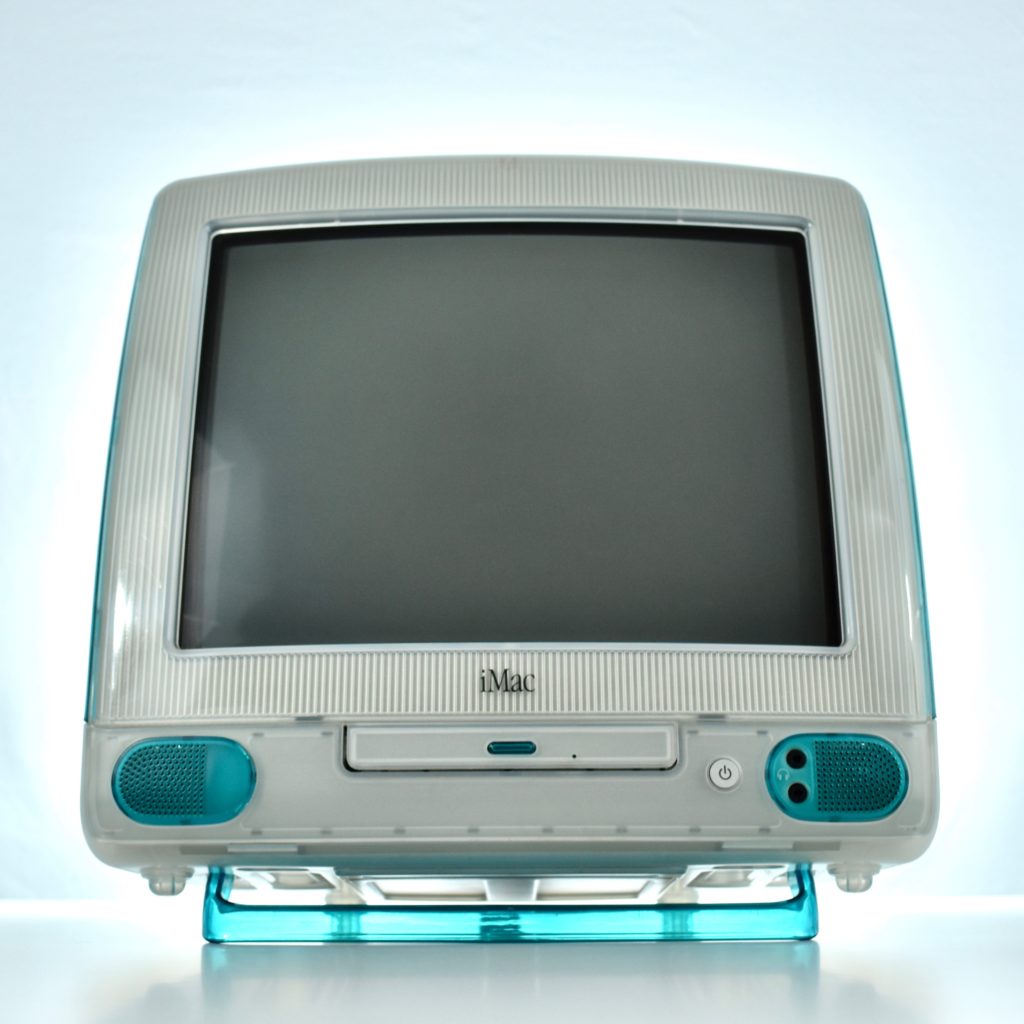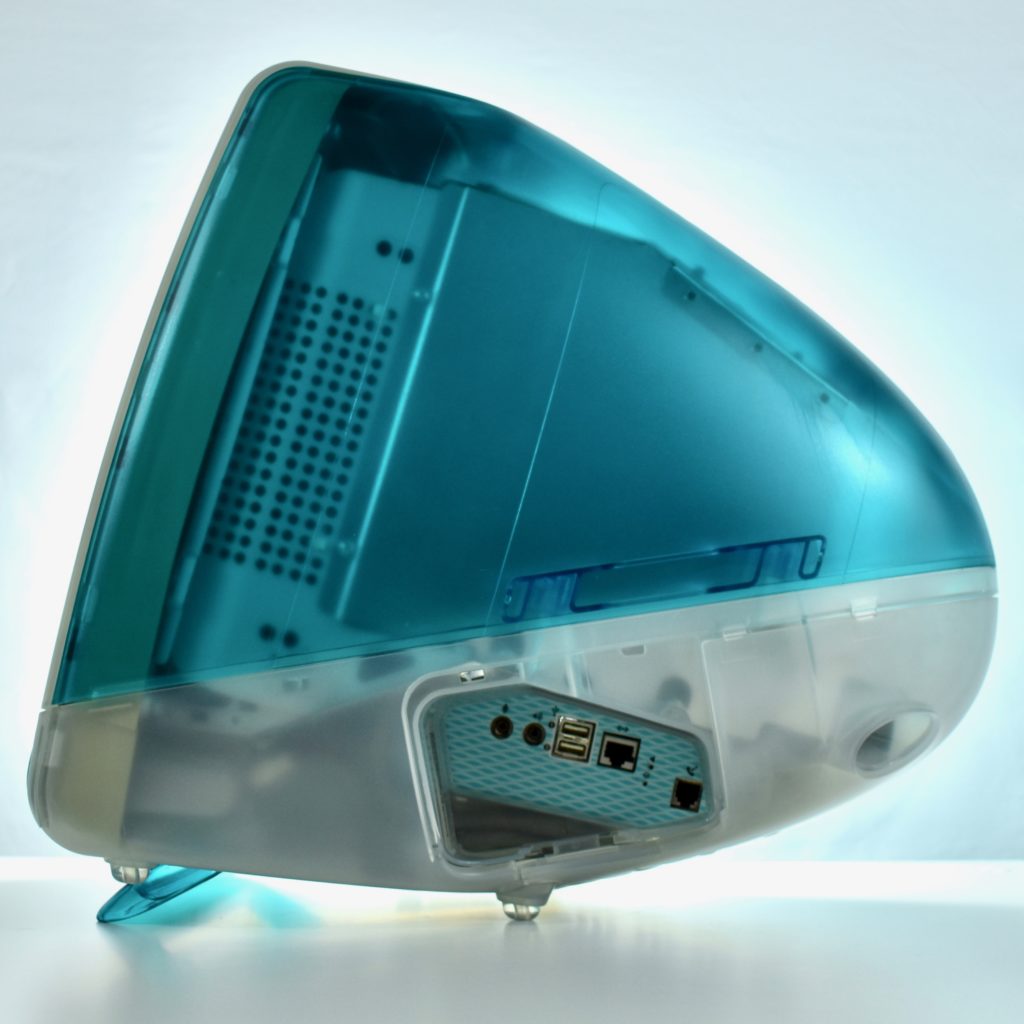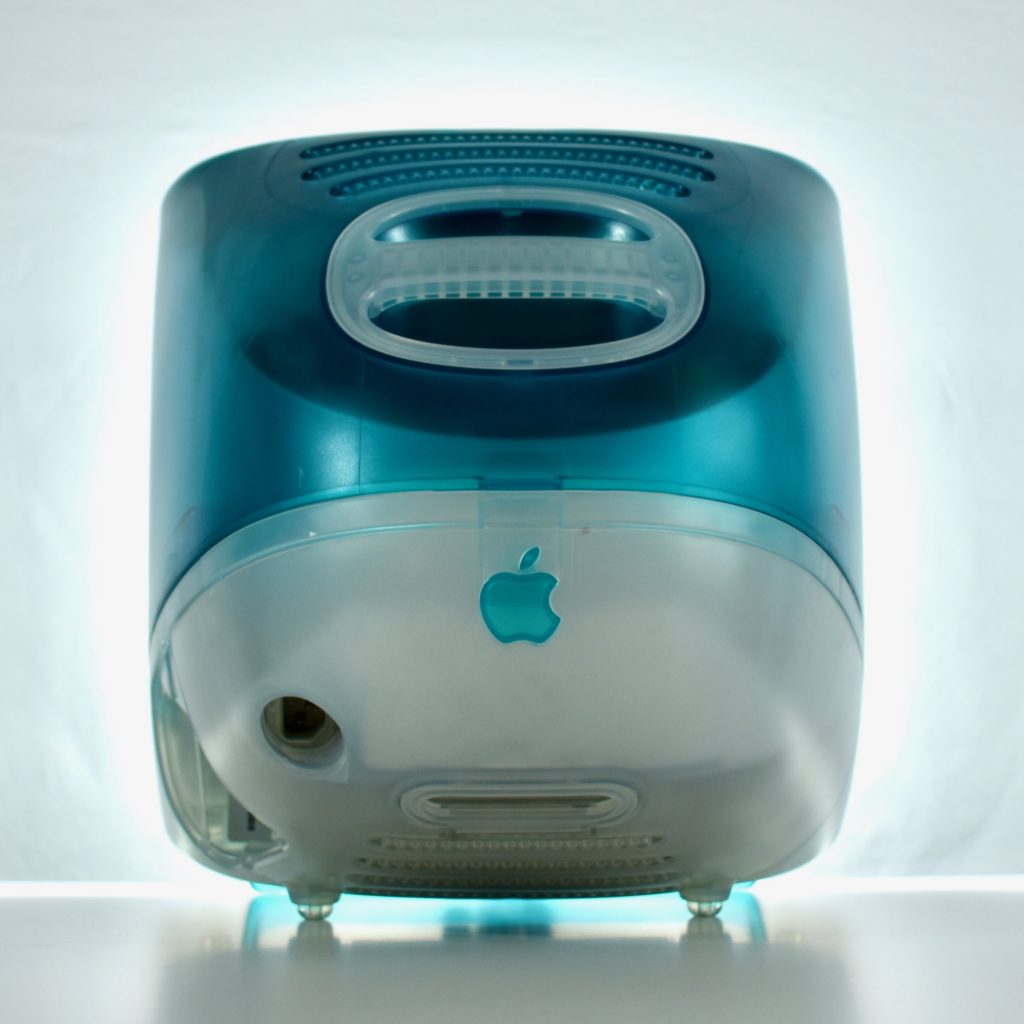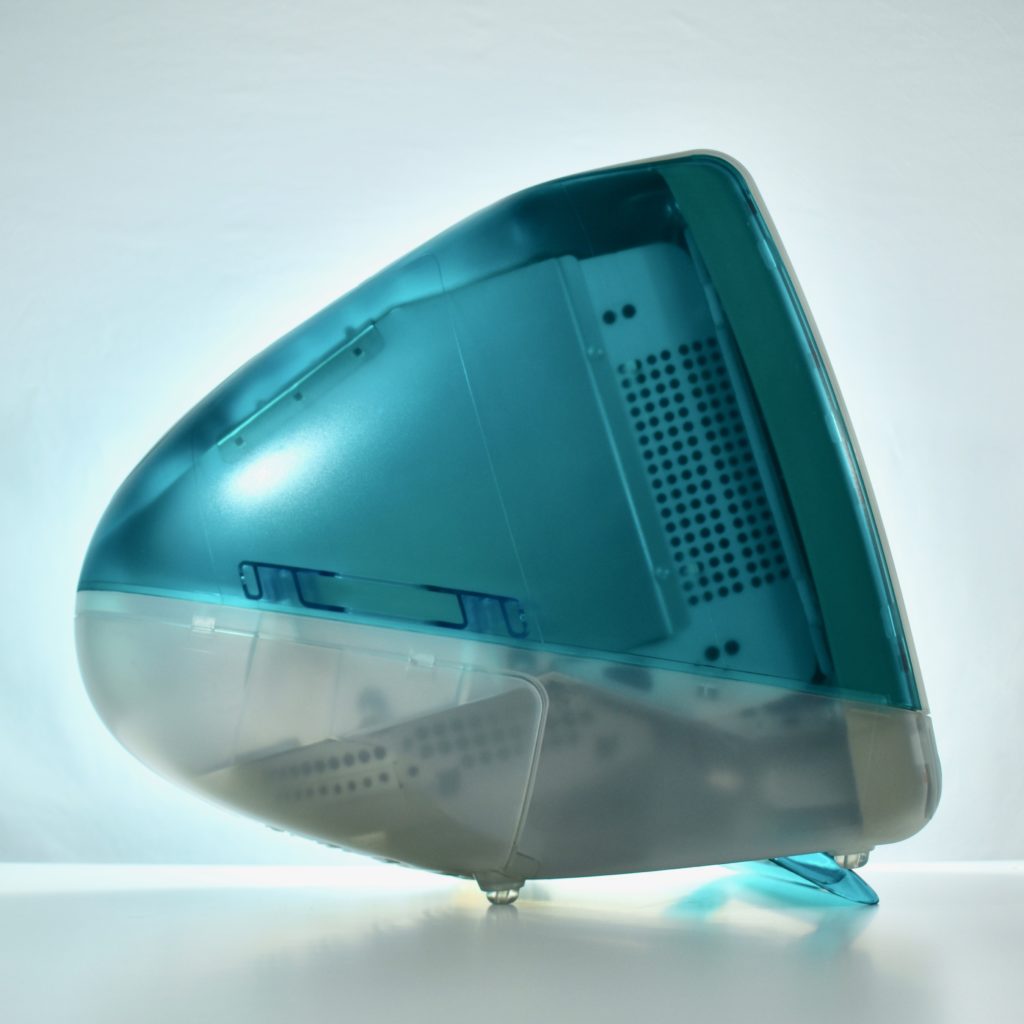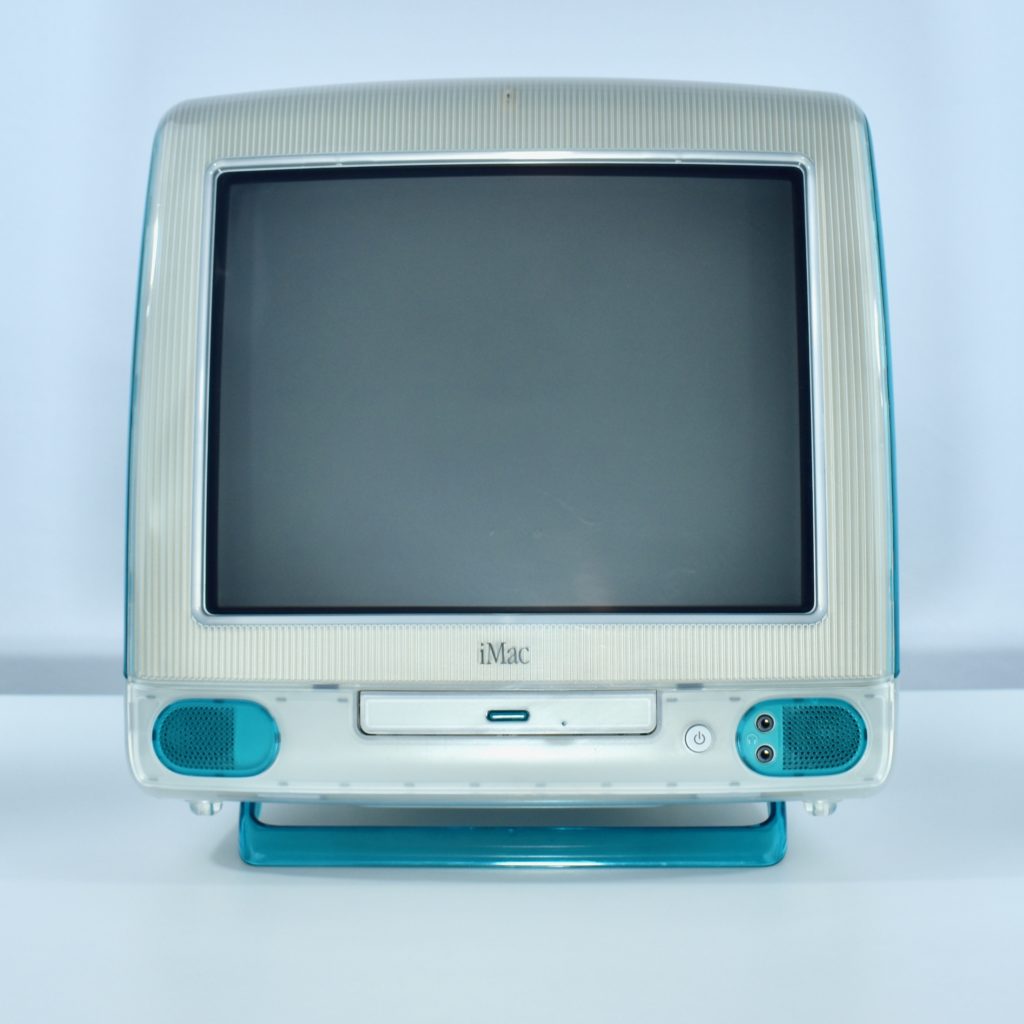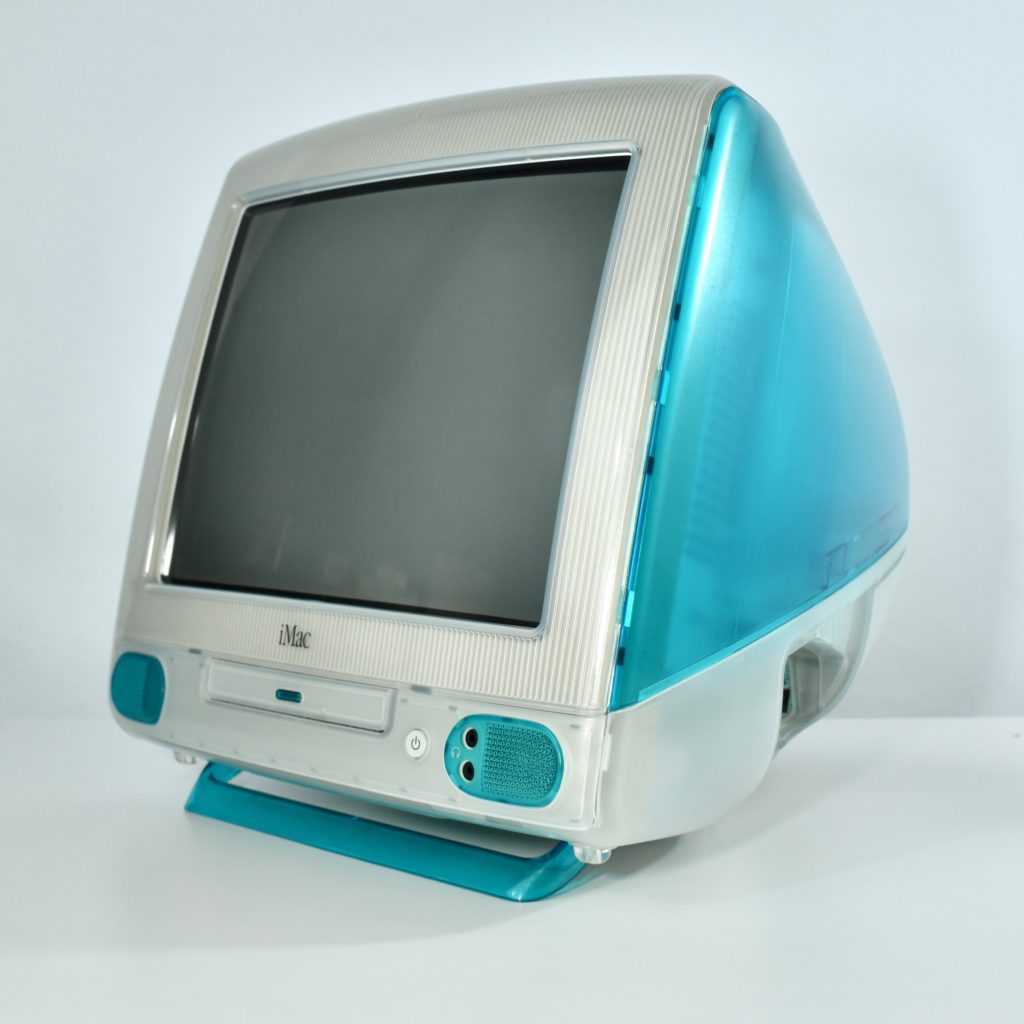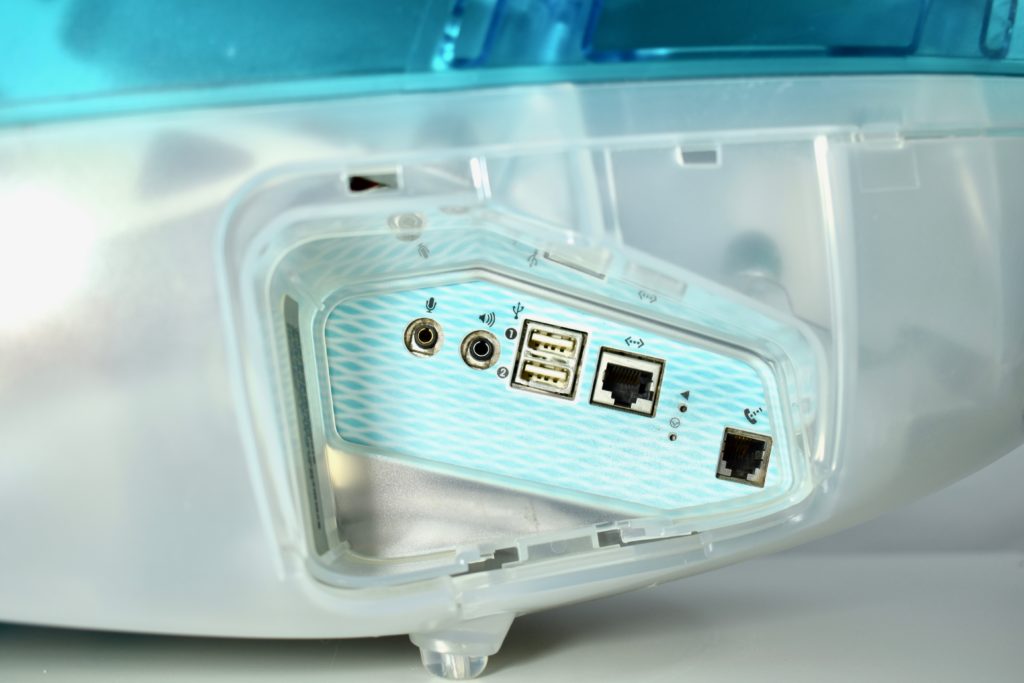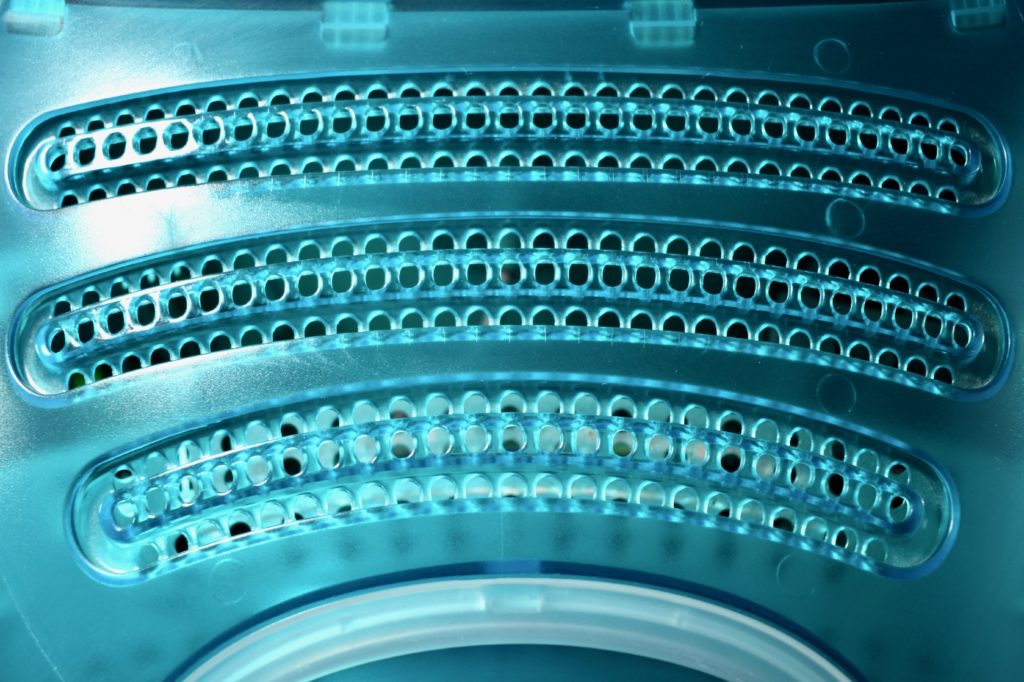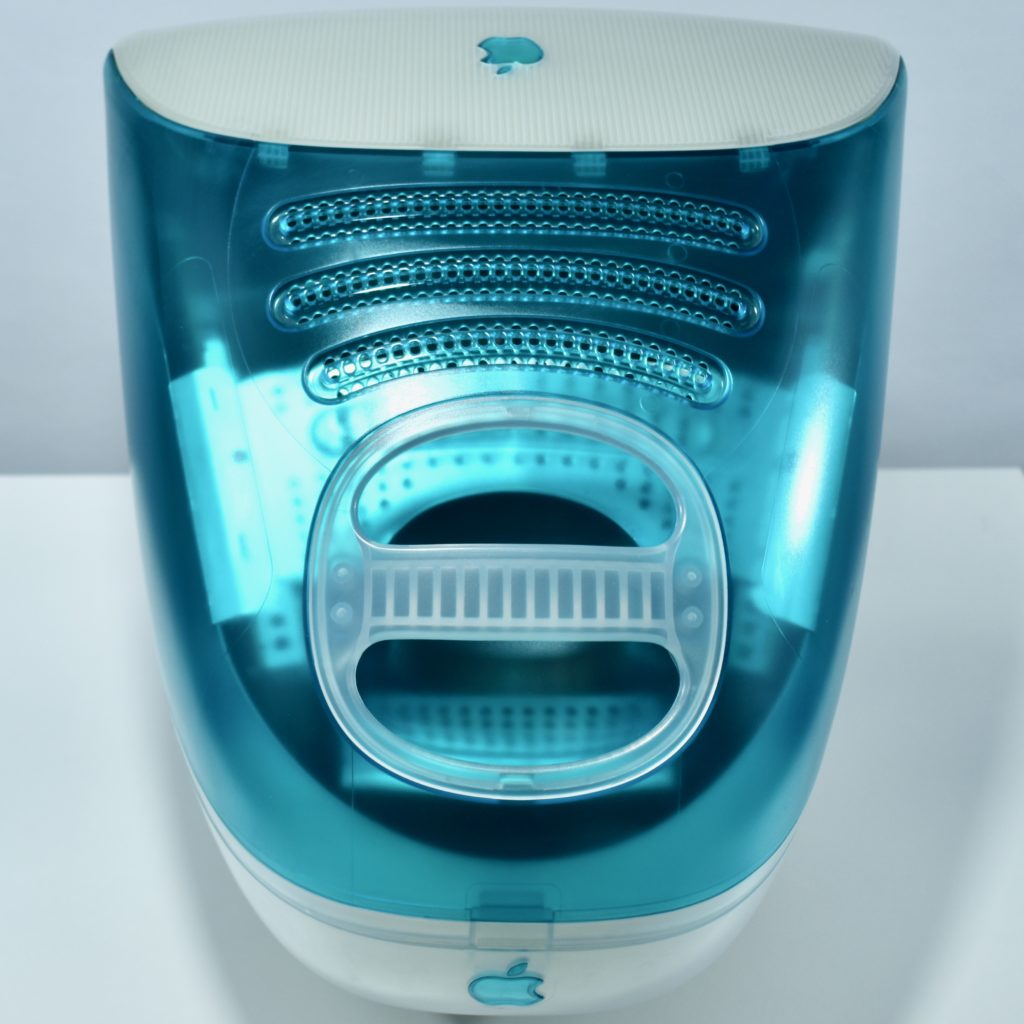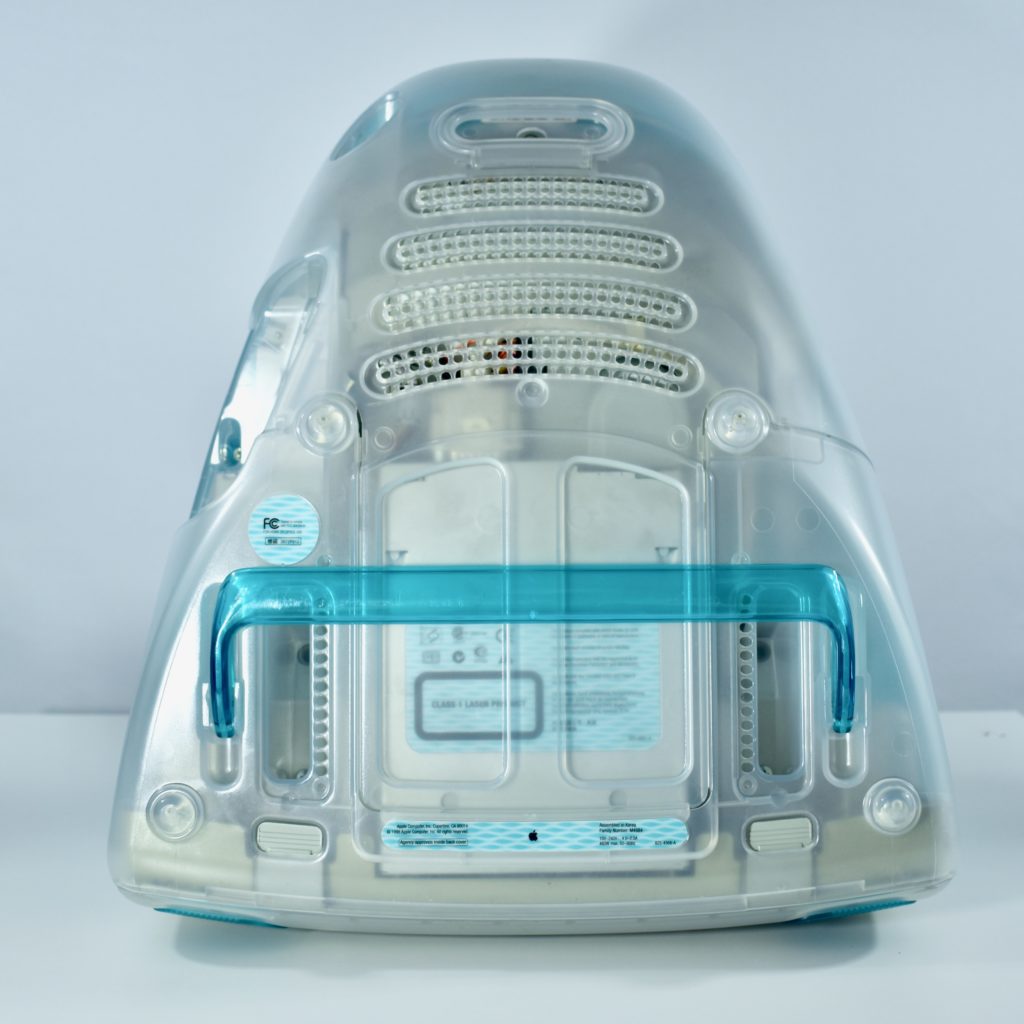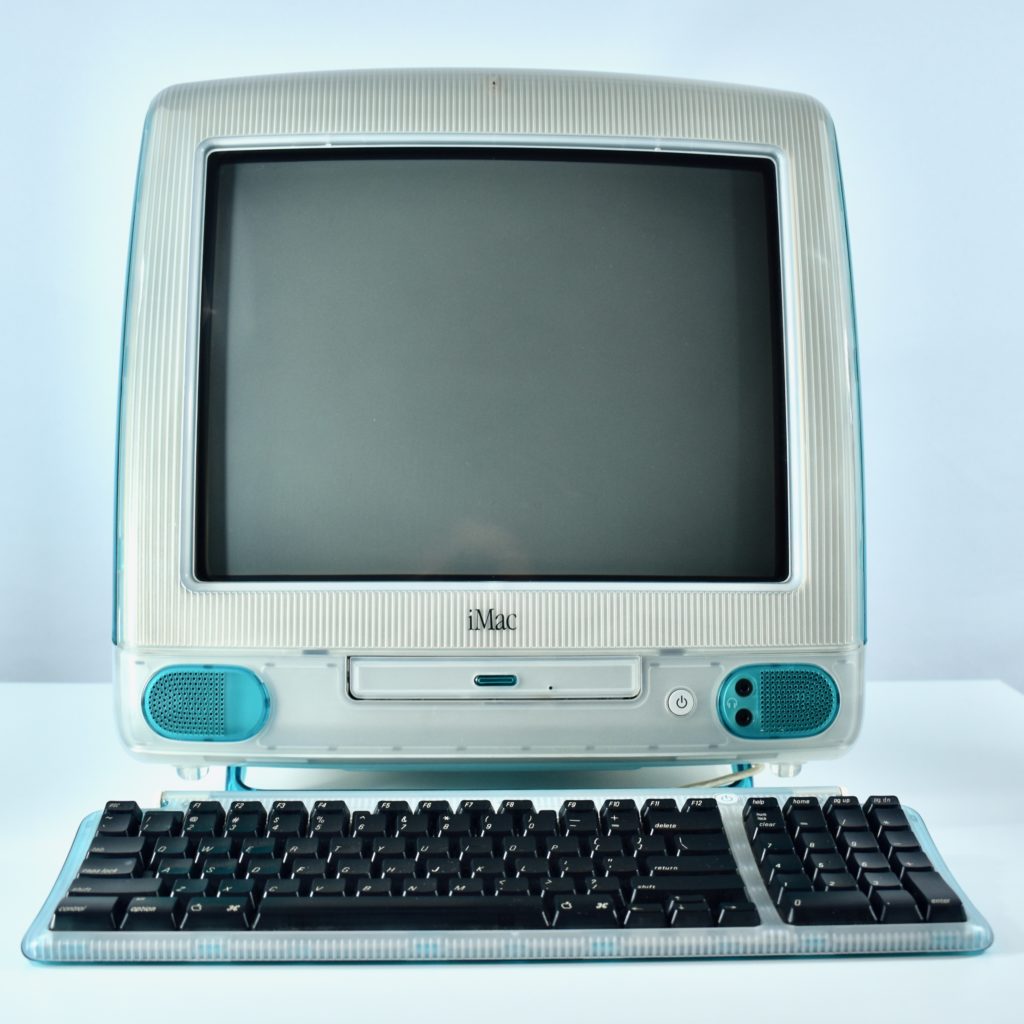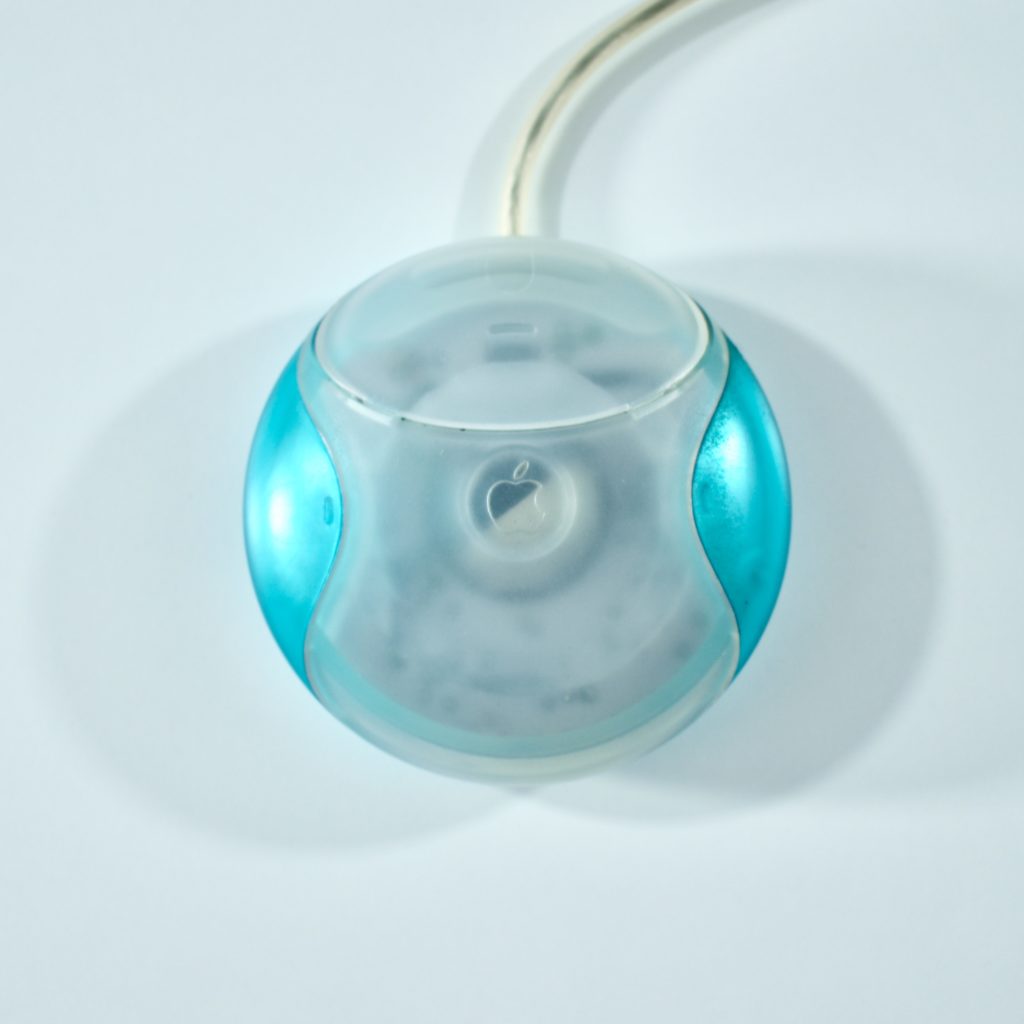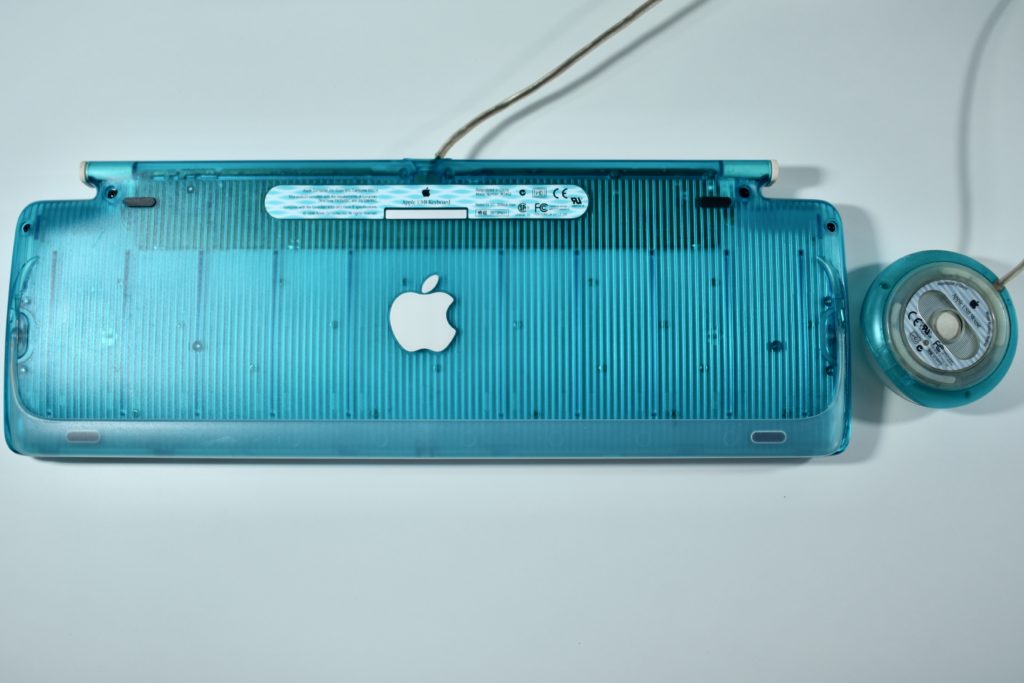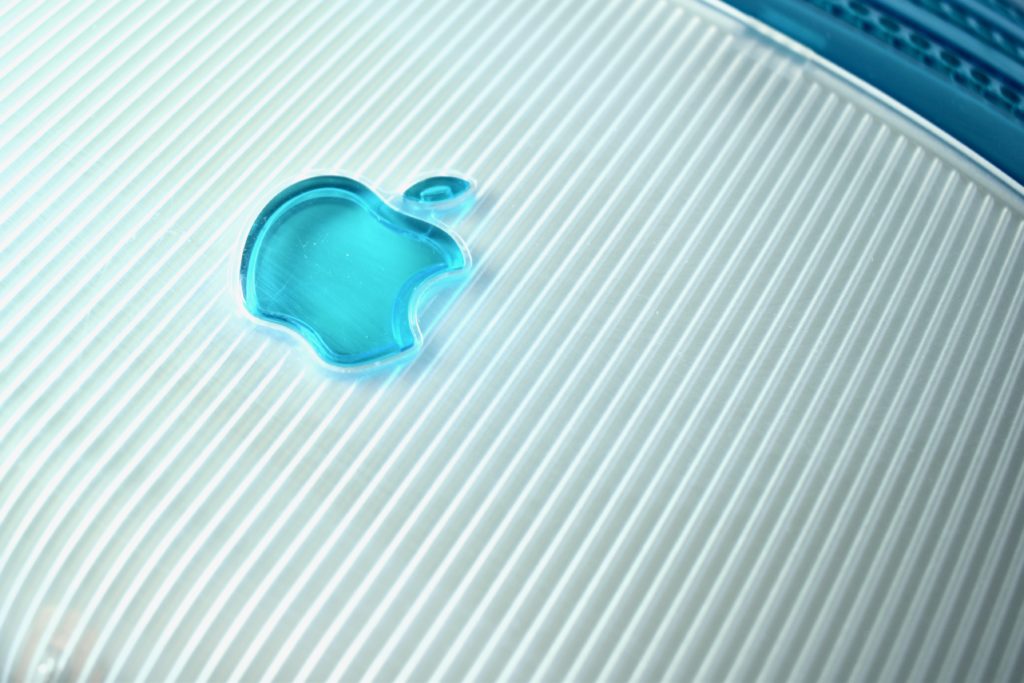The iMac G3/350 (Summer 2000, indigo) featured a 350 MHz PowerPC 750 (G3) processor, 64 MB of RAM, a 7.0 GB Ultra ATA hard drive, a slot loading 24X CD-ROM drive, and a Harmon-Kardon designed sound system. The all-in-one case design was transparent indigo blue with a 15-inch CRT display.
This model does not support FireWire (400) or AirPort (802.11b), even though its predecessor added support for both technologies. However, this model included a slightly larger hard drive (7.0 GB compared to 6.0 GB), a slightly better video processor, and replaced the Apple USB Keyboard and round Apple USB Mouse with the Apple Pro Keyboard and Mouse. This model sold for $200 less than the previous model at $799.
Due to the price drop, this model was purchased for many schools to update the computer labs common at the time. In my Technology Director position at the time, we upgraded at least three computer labs from tray-loading iMac to slot-loading iMac computers due to the price drop.
Source: EveryMac.com

